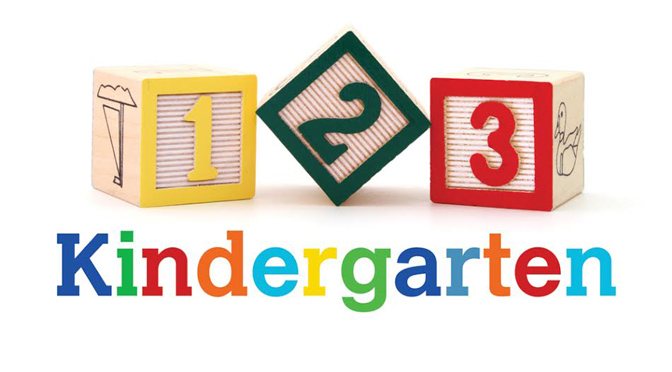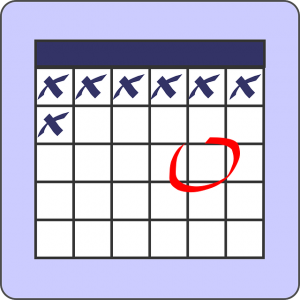The expression “Time marches on,” is appropriate for ending the month of March and inspires a post on helping kids develop a sense of time.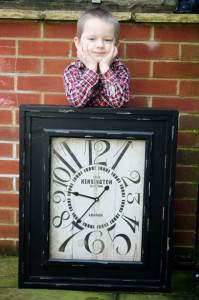
Although kids will have some ideas about time, it is really very confusing. The light of day and dark of night helps kids figure out day and night, but it isn’t always the same. In the summer, it can stay light until after bedtime, while in the winter, it’s dark before supper. We confuse kids too, when we ask them to wait for a minute and take much longer. Time is always there, but when we are in a hurry, we say we don’t have time. We still have time, but not enough. No wonder time is so tricky for kids—and many adults too.
There are quite a few words connected to time, such as second, minute, hour, day, night, week, month, and year. Even if kids haven’t figured out what these words all mean, it helps if they have heard them. The names of the days of the week take on special meaning if parents have the same day off. Often kids ask if a day is a home-day or a daycare-day.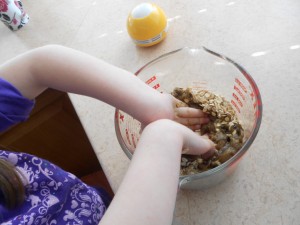
A few simple activities give experiences with aspects of time. Counting the number of sleeps until there is a special event is one way of helping kids develop a sense of time. They may want to cross off the days on a calendar. Recipes have instructions for the number of minutes something needs to bake. Mix up a batch of cookies and set a timer when you put them in the oven. Clocks that have pictures of the sun or the moon are useful too. If the weather is hot, instead of cookies you might want to make popsicles but that will take more time.
Another fun opportunity using time is the game What Time is it Mr. Wolf. Since a big space is needed for running, it’s better to play this game outside. To play, one person is the wolf. The wolf stands in the middle of the space and the players stand at one end. Kids ask the wolf, “What time is it, Mr. Wolf? The wolf chooses the number of hours, as in 4 o’clock, and calls it out. The players then take 4 steps. If the wolf says 3 o’clock, the kids take 3 steps and so on. The kids get closer and closer until the wolf answers, “It’s lunch time!” The kids run back to the starting point, screaming and giggling.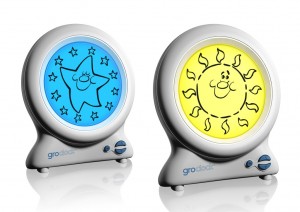
The wolf, especially if it’s an adult, can vary the “It’s lunch time!” answer. For instance, it could be “Hug time” or “Tickle time.” Occasionally, you can even use “It’s put away toys time!” or some other chore. What are some other ways and plays for helping kids develop a sense of time?
